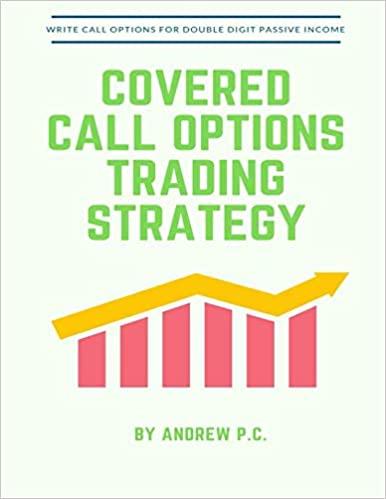
The daily exchange rates for the five-year period 2003 to 2008 between currency A and currency B are well modeled by a normal distribution with mean 1.036 in currency A (to currency B) and standard deviation 0.027 in currency A. Given this model, and using the 68-95-99.7 rule to approximate the probabilities rather than using technology to find the values more precisely, complete parts (a) through (d). a) What would the cutoff rate be that would separate the lowest 16% of currency A/currency B rates? The cutoff rate would be (Type an integer or a decimal rounded to the nearest thousandth as needed.) b) What would the cutoff rate be that would separate the highest 50%? The cutoff rate would be (Type an integer or a decimal rounded to the nearest thousandth as needed.) c) What would the cutoff rates be that would separate the middle 95%? The lower cutoff rate would be (Type an integer or a decimal rounded to the nearest thousandth as needed.) The upper cutoff rate would be (Type an integer or a decimal rounded to the nearest thousandth as needed.) d) What would the cutoff rate be that would separate the highest 2.5%? The cutoff rate would be (Type an integer or a decimal rounded to the nearest thousandth as needed.) The daily exchange rates for the five-year period 2003 to 2008 between currency A and currency B are well modeled by a normal distribution with mean 1.036 in currency A (to currency B) and standard deviation 0.027 in currency A. Given this model, and using the 68-95-99.7 rule to approximate the probabilities rather than using technology to find the values more precisely, complete parts (a) through (d). a) What would the cutoff rate be that would separate the lowest 16% of currency A/currency B rates? The cutoff rate would be (Type an integer or a decimal rounded to the nearest thousandth as needed.) b) What would the cutoff rate be that would separate the highest 50%? The cutoff rate would be (Type an integer or a decimal rounded to the nearest thousandth as needed.) c) What would the cutoff rates be that would separate the middle 95%? The lower cutoff rate would be (Type an integer or a decimal rounded to the nearest thousandth as needed.) The upper cutoff rate would be (Type an integer or a decimal rounded to the nearest thousandth as needed.) d) What would the cutoff rate be that would separate the highest 2.5%? The cutoff rate would be (Type an integer or a decimal rounded to the nearest thousandth as needed.)







